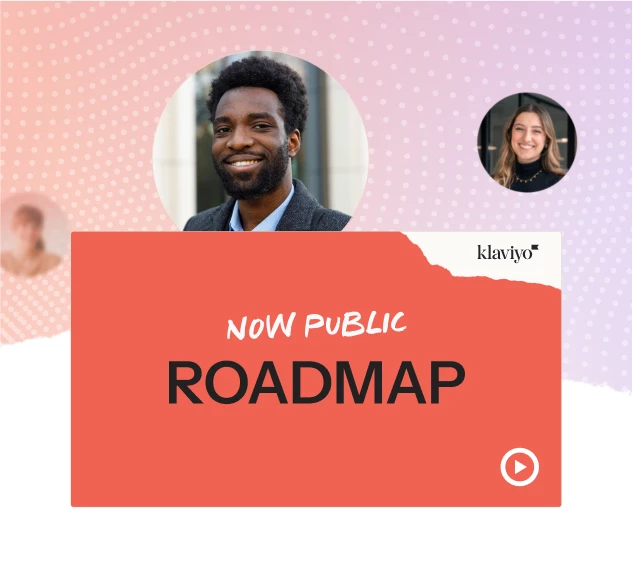My company offers a TON of different variations of products. While we only have about 3 different categories of products, we have maybe 30-40 different item names within each category (for things like different variety packs, sizes, subscriptions come in as a different item name).
My issue is when I go to build a segment of purchasers for a specific category. If I use the “Placed Order” at least once, then I use “where name contains” then I have select every single item one by one that belongs in my segment for that category.
Its even worse if I tried to use the “Ordered Product” metric where I would have to pick one item at a time and then use the “or” feature.
I am aware I could also use a collection to filter, which would be my best bet. However, a different member of my team manages collections and not all products in the category all always in the same collection. Even if I resolved that going forward, it doesn’t solve the need to look back at people who have already purchased.
What I really wish was that if the placed order where name contains allowed you to just put in a word instead of having to pick each product. For example, if my product category was laptops, I could say “placed order at least once where the product name contained ‘laptop’”. Instead of needing to pick every single laptop product individually.





